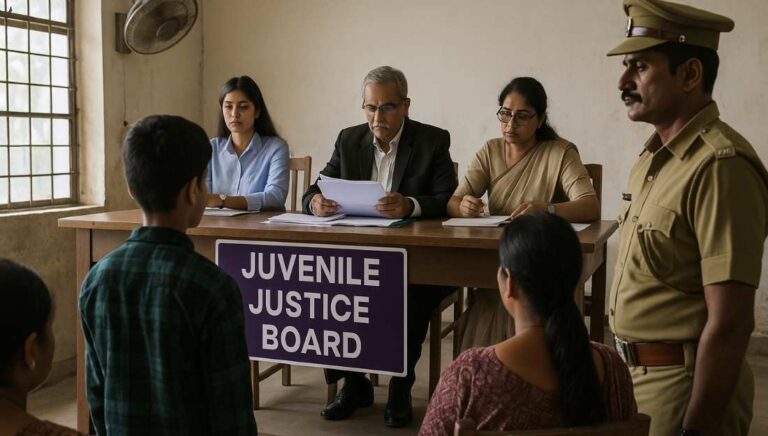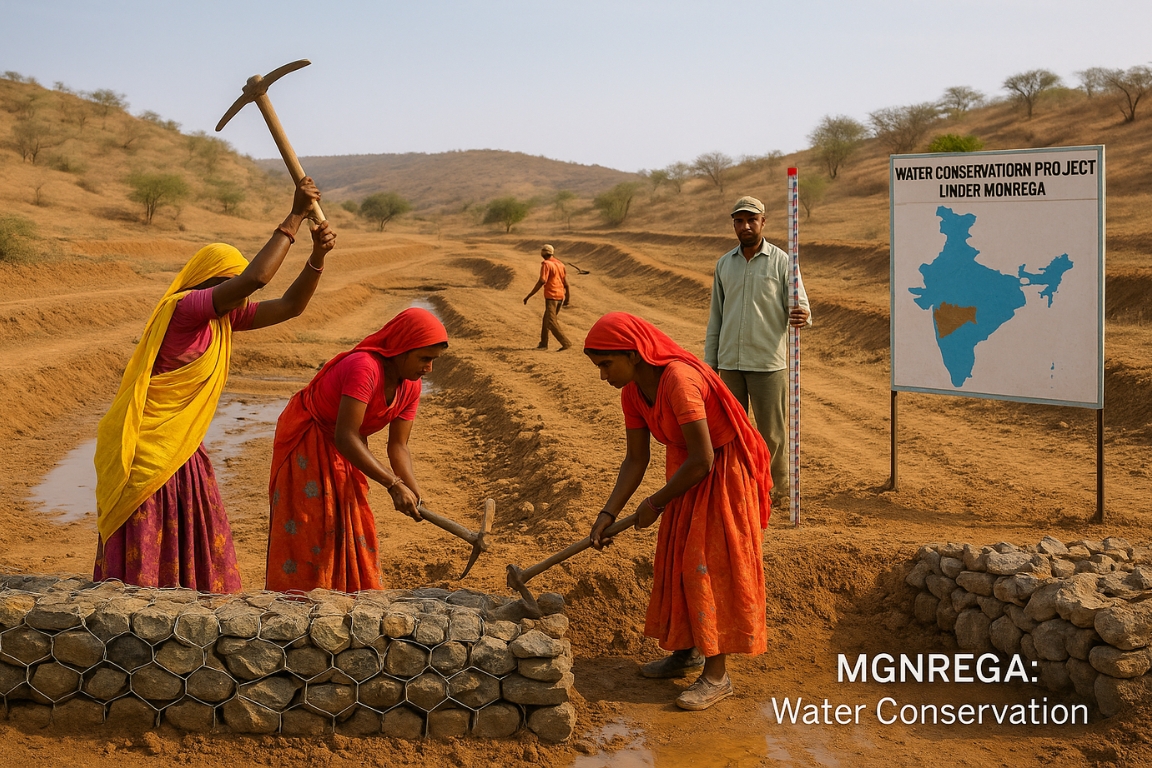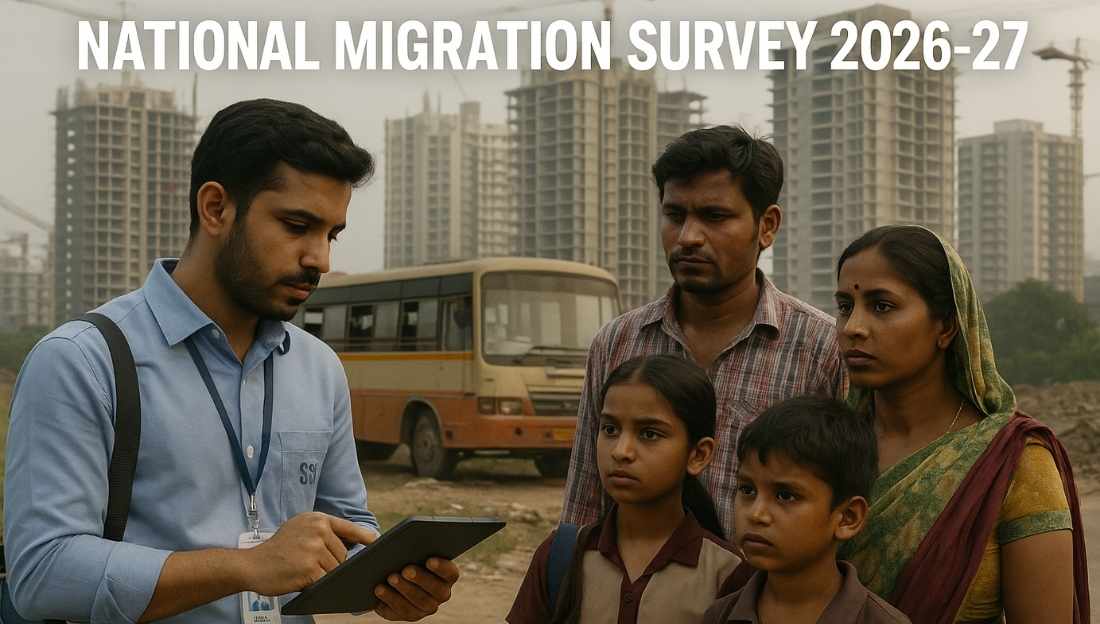A recent study by the India Justice Report (IJR) shows that Juvenile Justice Boards (JJBs) across India are suffering from high case pendency, staff shortages, weak data systems, and poor inter-agency coordination.
Who are Juveniles?
- A juvenile is a child or minor who is below 18 years of age according to the law.
- Juveniles are not treated as adults in legal matters and are dealt with under the Juvenile Justice system, focusing on care and reform, not punishment.
- If a child below 18 commits an offence, they are called a “child in conflict with law”, and their case is handled by the Juvenile Justice Board (JJB).

High Pendency and Heavy Workload
- Over 55% of cases before JJBs remain pending.
- Odisha has the highest pendency (83%), while Karnataka has the lowest (35%).
- Each JJB handles around 154 pending cases per year, causing delays and affecting child rights.
Staffing and Infrastructure Gaps
- 24% of JJBs are not fully constituted, lacking trained professionals, especially social workers.
- Many districts lack child-friendly infrastructure and legal service clinics, which are essential for rehabilitation.
- Training and capacity building of staff receive inadequate funding.
Poor Data and Transparency
- Unlike regular courts, there is no centralized database for juvenile justice cases.
- RTI analysis showed low transparency, with many responses incomplete or rejected.
- Absence of real-time data affects planning, monitoring, and accountability.
Structural Weaknesses in Juvenile Justice System
- Agencies like Police, Women & Child Development Department, SCPS, and SLSA work in isolation, leading to poor coordination.
- 30% of JJBs lack legal aid clinics, forcing many children to face the system without proper legal help.
- Even Child Care Institutions (CCIs), responsible for rehabilitation, face large staffing vacancies.
Rising Juvenile Cases
- 40,036 juveniles were apprehended in more than 31,000 cases, mainly aged 16–18 years, showing an increasing share of older adolescents.
Administrative Reforms
- Create a National Juvenile Justice Data Grid for transparency and tracking of cases.
- Fill vacancies in JJBs and CCIs, and improve training for judges, social workers, and support staff.
Legal and Social Measures
- Ensure legal aid clinics in all districts.
- Enhance child-friendly infrastructure such as counseling rooms and rehabilitation cells.
Policy Measures
- Improve inter-agency coordination and establish a monitoring framework.
- Increase fund allocation for child protection and justice institutions.
Conclusion
For a fair and compassionate juvenile justice system, India must focus on strengthening institutions, improving human resources, and ensuring timely justice. Only then can the principles of child protection and rehabilitation under the JJ Act be fully realized.
This topic is available in detail on our main website.





